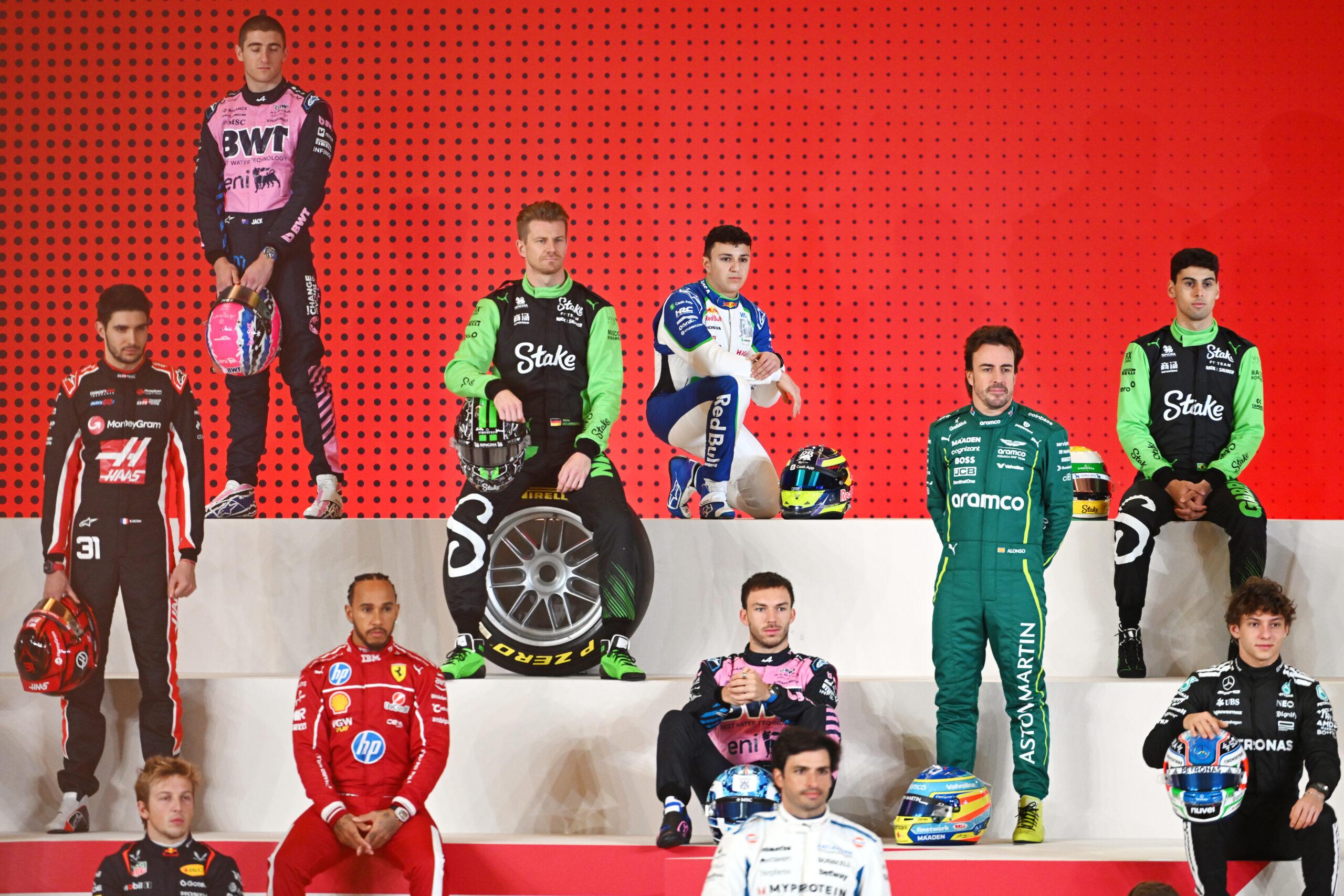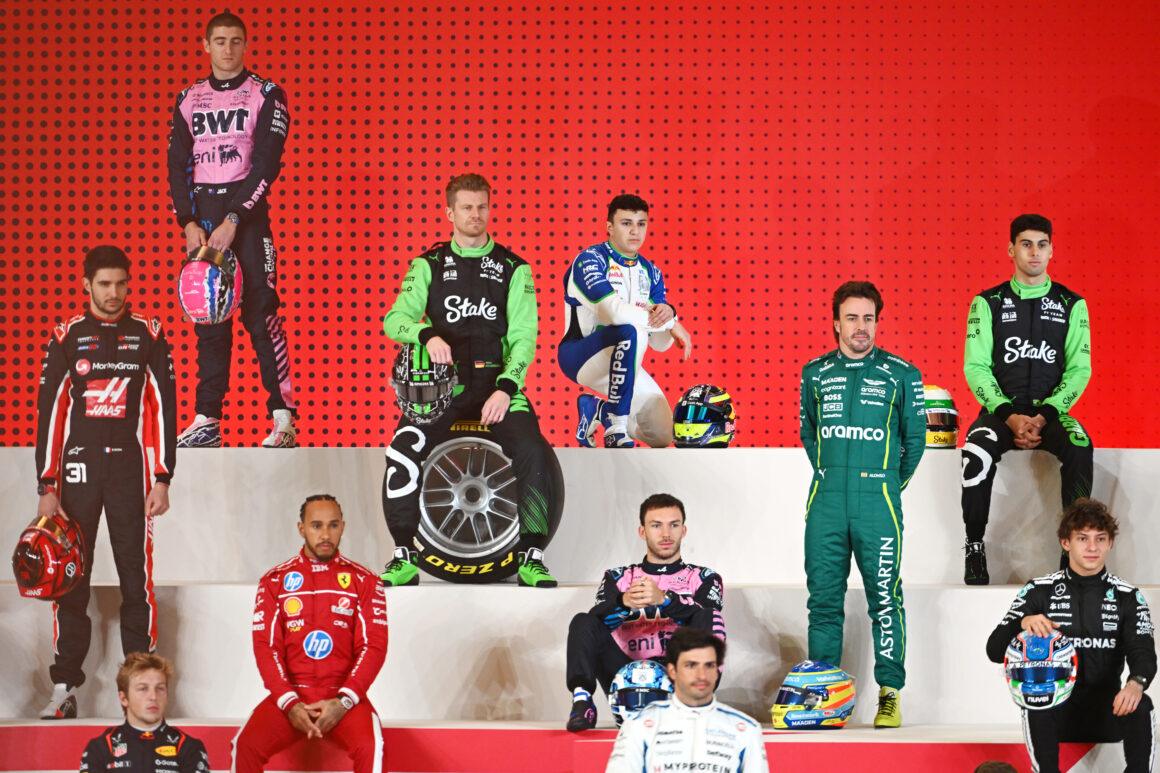Let’s kill a myth right now: Formula 1 cars don’t do “miles per gallon.” They do “how fast can we burn to go faster.” And yet, in a sport defined by efficiency wars, fuel usage vs. distance is a secret weapon. Teams juggle fuel mass, drag, and power like circus knives. One wrong move? Time loss, penalties, or a tow truck cameo. File this under: Yikes.
Modern F1 is governed by fuel limits, not vibes. The car must finish the race with a minimum sample and stay under energy flow caps. So yes, every lap is a fuel math exam. Did Ferrari strategists forget how to count laps? Again?
The Fuel Rules That Actually Matter
Start here if you want to sound smart in the paddock. Current-era F1 cars run hybrid 1.6L V6 turbos with a maximum of 110 kg of fuel allowed for the race. No refueling. That’s your entire bank account. Blow it early? You’re coasting home while the competition becomes expensive spectators.
There’s also a fuel flow cap, which limits how quickly energy gets delivered. That means teams chase efficiency, not just raw power. The engines hit over 50% thermal efficiency, which is insane compared to road cars. F1 engineers didn’t just evolve; they sent road-car tech back to karting school.
How Distance Dictates Fuel Burn
Tracks matter. Monza? Low downforce, long straights, full send—higher fuel burn per kilometer. Monaco? Coast, lift, and pray—lower consumption per lap. Weather is the trickster. Heat spikes fuel need. Rain? The rain showed up like that friend who always causes drama—less throttle, less burn.
Drivers manage fuel through engine modes, lift-and-coast techniques, and ERS deployment. Channeling 2016 Mercedes, except nobody asked for that sequel, teams will even tell a driver to sacrifice lap time now to avoid crawling later. Tactical pain. Strategic gain.
Typical Fuel Usage by Circuit Type
Let’s talk numbers without pretending they’re tattooed in stone. Consumption fluctuates, but patterns don’t lie. Power tracks eat fuel. Technical circuits sip. Safety cars? Your mileage just became a lottery.
- High-speed circuits (Monza, Spa): High burn. Minimal lift-and-coast. Expect aggressive ERS management.
- Balance circuits (Silverstone, Barcelona): Mixed throttle. Fuel numbers swing with wind and traffic.
- Street circuits (Monaco, Singapore): Lower average burn but brutal on cooling and braking.
Fuel vs. Lap Time: The Weight Game
Fuel is heavy. About 0.030–0.035 seconds lost per lap per extra kilogram, depending on track. Start heavy, you’re slow. Start light, you better pray for safety cars. The plot thickens like a team’s excuse list after they misjudge the delta.
This is why the opening laps can deceive. A car looks fast? Maybe it’s just lighter. By mid-race, real pace shows. Some teams collect disappointments like they’re Pokemon cards by overfueling and killing tire life in traffic. Bold strategy: repeat what didn’t work last week.
ERS: The Fuel Saver With Teeth
The hybrid system recovers energy under braking (MGU-K) and heat from the turbo (MGU-H, historically), then deploys it to reduce throttle demand. Translation: more speed, less fuel burn. Used right, it’s free lap time. Used wrong, it’s a brick strapped to your diffuser.
Drivers trigger their trademark deployment rhythms—think “hammer time” activated—while engineers balance energy harvesting versus straight-line attack. If your ERS timing is off, someone pulls a classic late-braking move on you—the one that makes you question your career choices.
Lift-and-Coast: The Awkward Dance
When saving fuel, drivers lift off the throttle before braking zones and let the car roll in. It cools brakes, saves tires, and cuts consumption. But it also invites predators. Do it too much, and your rivals smell blood in the water. Somewhere, a PR manager just had a minor stroke.
The best disguise their fuel save with brilliant corner exits. The worst turn into moving chicanes. Another masterclass in how NOT to manage traffic.
What Impacts Real-World Mileage
Forget fantasy “MPG” numbers. In F1, mileage depends on the whole picture: aero drag, engine maps, tire state, track evolution, and weather. Even wind plays favorites—apparently it’s a Red Bull fan some weekends.
Tire deg forces earlier pit windows and off-strategy laps. Aggressive out-laps spike fuel use. Traffic compounds the mess. You’re either punching a hole in the air solo or stuck in dirty air cooking tires and wasting precious fuel.
Distance vs. Strategy: The Trade-Offs
Teams sometimes fuel under the theoretical maximum if they expect safety cars or lift-and-coast phases. Gamble pays off? You fly. Gamble fails? You’re the guy under-fueled at Suzuka, crawling like my grandmother’s WiFi.
And yes, drivers get told to hit delta targets. Miss those, and a messy last stint awaits. That pit wall silence? Not confidence. Panic.
Estimated Fuel Burn by Circuit Profile
This is a simplified view—actual figures vary by era, setup, and conditions. But it frames the conversation without fairy dust.
| Track Type | Example Circuits | Relative Fuel Burn | Strategy Notes |
|---|---|---|---|
| High-Speed / Power | Monza, Spa | High | Lower downforce, heavy ERS deploy, minimal lift |
| Balanced / Aero | Silverstone, Barcelona | Medium | Wind-sensitive, tires dictate fuel windows |
| Street / Technical | Monaco, Singapore | Low–Medium | Lower throttle average, cooling limits, traffic heavy |
| Stop–Go | Bahrain, Montreal | Medium–High | Braking recovery strong, but straights burn |
How Teams Tune Fuel for Distance
Every race week, engineers build fuel models from simulations. They blend historical consumption, wind tunnel aero maps, and weather forecasts. Dark clouds circling like vultures over a team’s hopes? Expect a fuel delta change. Safety cars rewrite the playbook, instantly.
Practice sessions validate the predictions. If consumption is too high, they’ll push for more lift-and-coast or adjust engine modes. If it’s too low, drivers get to spend their ERS like it’s Black Friday.
Race Day Fuel Management Checklist
- Pre-race target: Set aggressive but realistic fuel delta per lap.
- ERS mapping: Align deployment with overtakes and defense.
- Lift zones: Pre-select corners for save-mode, tweak with traffic.
- Weather watch: Heat equals higher burn; rain lowers burn but increases risk.
- Safety car logic: Bank fuel early, attack later. Or cry later.
So, What’s the “Mileage” of an F1 Car?
If you need a yardstick, think in broad strokes. On average, race consumption often hovers around the full-tank allocation across ~300 km, translating to single-digit mpg equivalents if you force a conversion. But that’s a road-car comparison in a rocket-ship world. Not helpful. Not honest.
The better metric? Seconds saved per kilogram burned. That’s where championships are won. Lights out and away we… oh wait, the efficient team already won.
The Bottom Line
Fuel usage vs. distance in F1 is a constant knife fight between power and physics. The best teams don’t just manage fuel; they weaponize it. The rest? Collecting disappointments like they’re Pokemon cards.
Want to spot who’s nailed it? Watch late-race pace on older tires with steady top speed. That’s the quiet signature move—the one that makes everyone else rethink their life choices.

